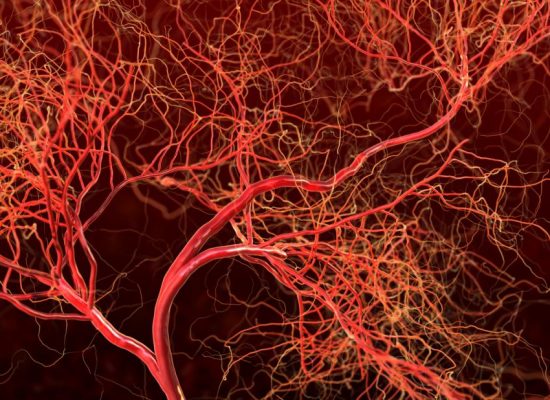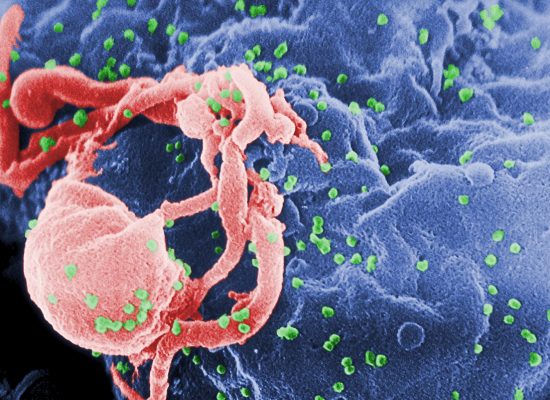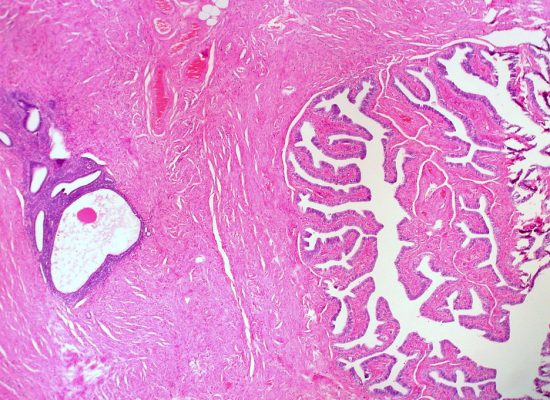Research Areas

Vascular Diseases
Vascular Endothelial Growth Factor Signaling

HIV
Molecular mechanisms of small-genome diseases

Cancer
Causes and Treatments

Gynecological Disorders
Fibroids and Endometriosis
Inhibiting vascular endothelial growth factor signaling in cancer. Using druggable multiscale computational models of the transport and signaling of Vascular Endothelial Growth Factor (VEGF), we test therapies to block the signaling pathways that lead to vascularization of tumors and metastasis.
Promoting vascular endothelial growth factor signaling in ischemic disease. Using druggable multiscale computational models of the transport and signaling of Vascular Endothelial Growth Factor (VEGF), we test therapies to increase nonpathological pro-angiogenic signaling that lead to increased perfusion of muscle and other tissues vulnerable to ischemia.
Microvascular network organization. We study the variability in microvascular network structure in mice from different strains, both before and after intervention. Induced ischemic or other injury results in different remodeling responses that may hold the key to therapy development.
Impact of extracellular matrix on VEGF signaling. Using a combination of in vitro, in vivo and in silico approaches, we study the ability of extracellular matrix sequestration of VEGF to impact the extracellular VEGF signal as perceived by cell-surface receptors.
Molecular mechanisms of small-genome diseases: host-virus interactions of HIV. We have created molecular-level simulations of HIV, that complement existing models of viral development and cellular infection. By including the effects of the genes that HIV expresses, particularly those that have evolved to combat our host defenses, we can test new therapies that boost host antiviral responses.
Design and development of antibody-drug conjugates. Antibody-drug conjugates are complex therapies that require the simultaneous of understanding of multiple interacting components: the large molecule antibody, the small molecule cytotoxic drug, and the chemical linker that connects these parts together. Multiscale models representing the intracellular and cellular mechanisms, tissue disposition, and whole-body distribution can provide key insights into discovery, preclinical development, and clinical translation of ADCs. Understanding how the properties of each component affect the overall mechanisms of action and efficacy will enable us to design improved cancer therapies with less secondary and off-target effects.
IL6/IL8 Signaling. Paracrine signaling by the IL6 and IL8 cytokines has been shown to increase cell motility in metastatic cancer cells but not normal cells or non-metastatic cancer cells. Mechanistic models of this cell signaling pathway can illustrate how this pathway affects in cancer metastasis. Additionally, perturbations of the model will demonstrate where therapeutics can target the pathway for maximal anti-cancer effect.
Understanding mechanisms of gynecological disorders. By developing multiscale computational models of diseases such as endometriosis and fibroids, we are investigating the contributions of molecular variations to phenotypic differences in patients and testing therapies.
